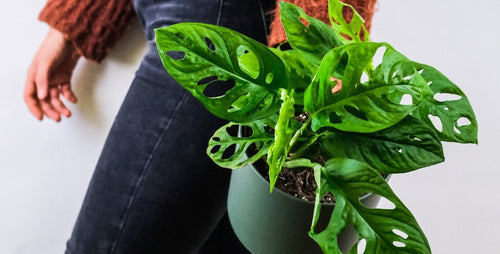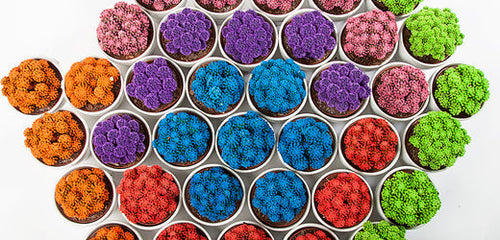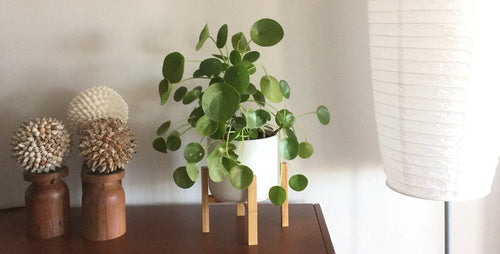
I spend a lot of time on social media (probably way too much) following various houseplant groups, and I can’t help but notice how many people struggle to figure out the ideal lighting requirements for their favorite plants.
And to be honest, it’s understandable. Plant tags indicate plant light preferences, but they can't tell the whole story when it comes to light requirements. (Plus, they are tiny!). After all, what's the difference between “indirect light” or “filtered light”? Does “bright light” mean the same as “direct sunlight”? It's confusing!
Over the years I’ve written a lot of articles about light requirements for houseplants and have always struggled to explain the various light levels. I’ve often used terms such as east-, west-, south-, and north-facing windows to explain how much light a particular plant requires.Yet, this method isn’t perfect either since an overhanging tree, roofline, or garage can completely block the light from a normally sunny south-facing window.
I’ve also thought about taking the more scientific route and discuss the foot candles of light required for each houseplant, but to me, that just makes things even more complicated since I doubt many of you have the time or inclination to buy a light meter and monitor each of your plants.
So, to try to simplify things, here are some basic tips on lighting that you can depend on for healthy plant growth.
1. Most Houseplants Do Not Like Direct Sunlight.
Many of our favorite indoor plants evolved in tropical conditions where they evolved to eek out a living on whatever rays of light they could grab from the forest floor. Of course, there are always exceptions such as succulents, cacti, yucca, crown of thorns, and croton. Otherwise, don’t let your houseplants bake in the sun.
2. Low Light Doesn’t Mean a Totally Dark Room.
All plants require at least a few hours of light to produce chlorophyll. Some are happy to live on artificial light alone, but again, they must receive a steady supply, not just when the lights are flipped on as you enter or leave the bedroom. Plants that can handle low-light conditions include snake plant, ZZ plant, calathea, ferns, and orchids.
3. Bright, Indirect Light Is the Best Choice for Most Plants.
To me, if the room is bright enough for you to read in, then I think it’s probably fine for most houseplants. Sounds simplistic, but my plants thrive in the exact same light that my family and pets do. And, if you have an odd corner that receives less light than the main part of your home, add a lamp nearby for an extra dose of lighting.
4. If You Only Offer Artificial Light, Locate Plants as Close to the Light Source as Possible.
Special “grow light” bulbs are available at most home stores, but even regular fluorescent lights will work if they are left on for at least 6 to 8 hours a day.
5 If Your Plants Start to Grow too Leggy or Spindly it’s a Sign they Aren’t Getting Enough Light.
So move them to a brighter spot. And, if they start to fade or look burned, it probably means they are getting too much direct sun so transfer them to a more protected location.
Learn more!
Written by Doug Jimerson

















